Two research groups demonstrate the potential of dielectric metasurfaces for applications in quantum measurement and information.
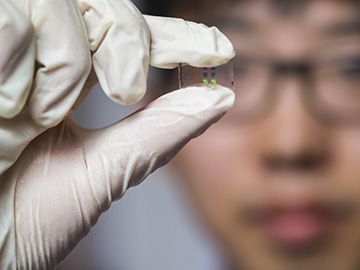

Edward Snowden shows you how to make your phone go black in this full episode of VICE on HBO.
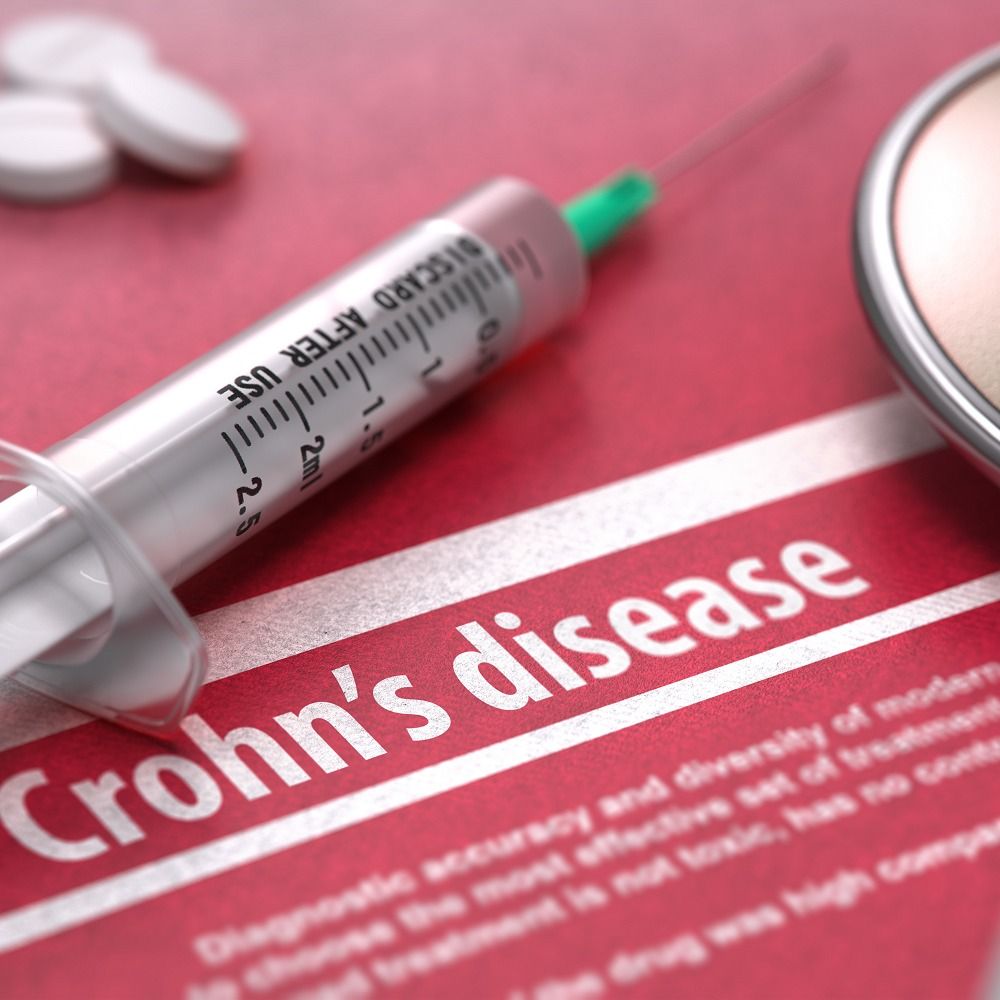
According to a study published in Gut Pathogens scientists suggest that they have had a breakthrough in treating the incurable disease and reports from Australia’s Center for Digestive Diseases suggest that they may have created a potential cure for Crohn’s Disease.
The Mayo Clinic describes Crohn’s Disease as an inflammatory bowel disease that can affect several different points of the digestive tract, and patients can suffer with diarrhea, abdominal pain, weight loss, and fatigue; the pain experienced can vary to be so severe that it can lead to life threatening complications.
“It has a negative impact on many aspects of quality of life, including physical, social, psychological, and sexual functioning,” researchers described in a statement.
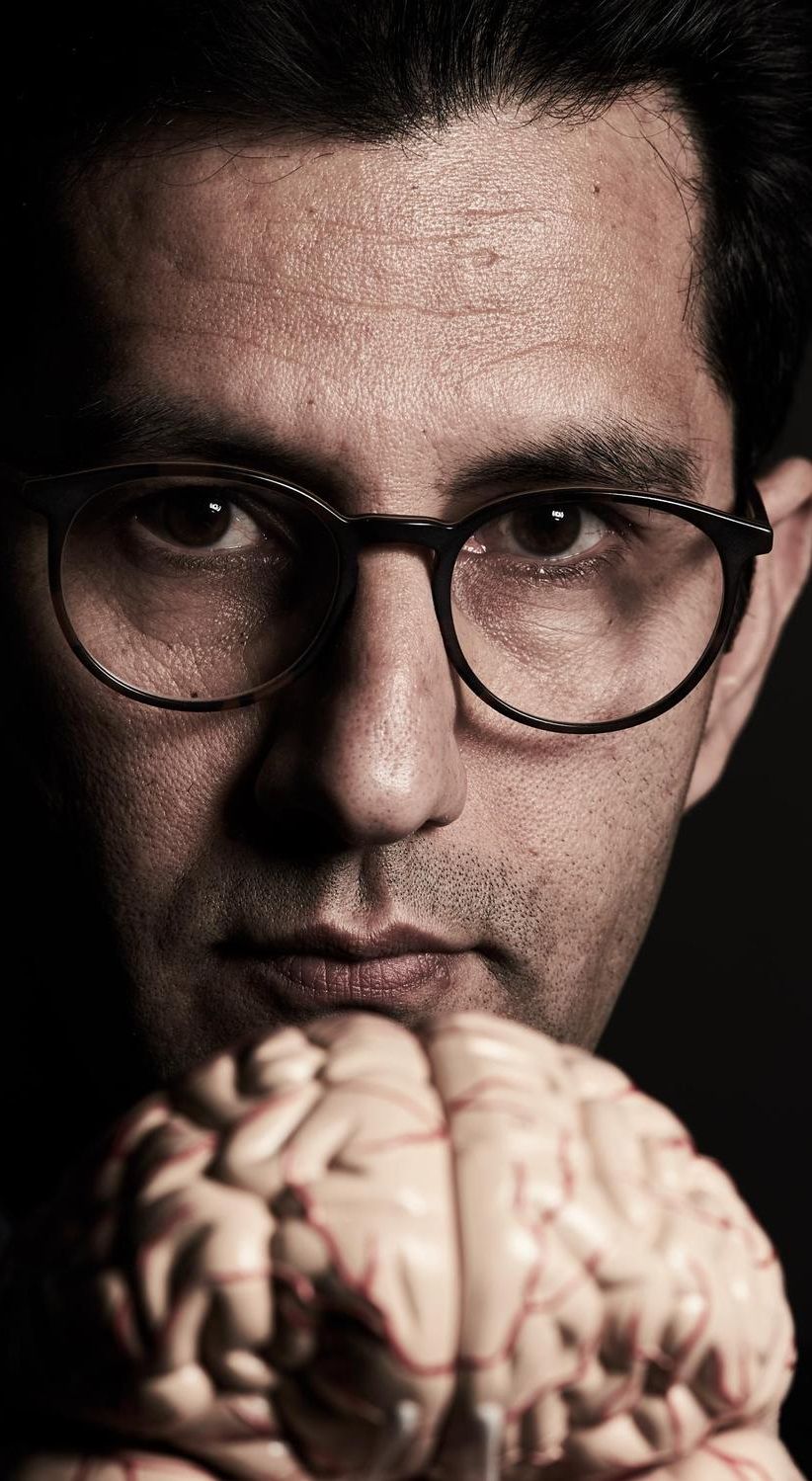
Department of Engineering, Aarhus University, is coordinating a FET-Open backed project to build an entirely new AI hardware technology using nano-scale spintronics that can radically change the way in which computers work. The project will develop a neuromorphic computing system using synaptic neurons implemented in spintronics: a novel AI hardware that can set a framework for AI software in a physical system built like a human brain, upping computer performance by up to 100.000 times.

SAN DIEGO (CNS) – Injured adult brain cells revert to an embryonic state and become capable of re-growing new connections, which under the right conditions can help restore lost brain function, according to findings published Wednesday by researchers at UC San Diego School of Medicine.
The findings, published in the academic journal ‘Nature,’ were part of a collaborative study between UC San Diego, UCLA and the University of Tennessee.
Repairing damage to the brain and spinal cord, until relatively recently, seemed an impossible task. The new study lays out a “transcriptional roadmap of regeneration in the adult brain.”
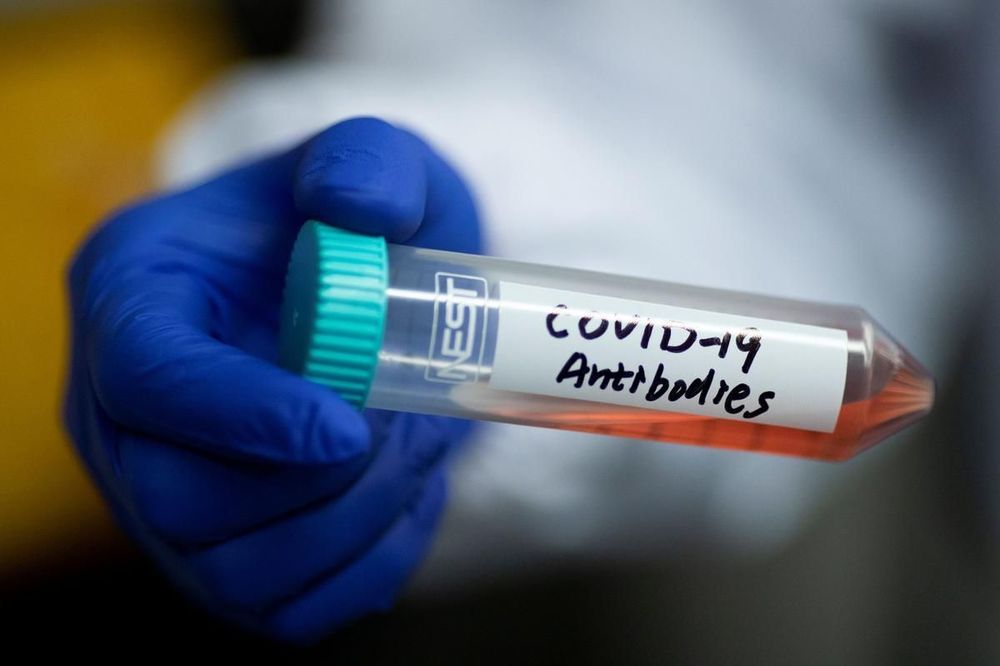
Reopening wet food markets must conform to strict standards: WHO.
GENEVA (Reuters) — The World Health Organization is not sure whether the presence of antibodies in blood gives full protection against reinfection with the new coronavirus, Mike Ryan, the WHO’s top emergencies expert, told a briefing on Friday.
Ryan also said that even if antibodies were effective there was little sign that large numbers of people had developed them and were beginning to offer so-called “herd immunity” to the broader population.
“A lot of preliminary information coming to us right now would suggest quite a low percentage of population have seroconverted (to produce antibodies),” he said.
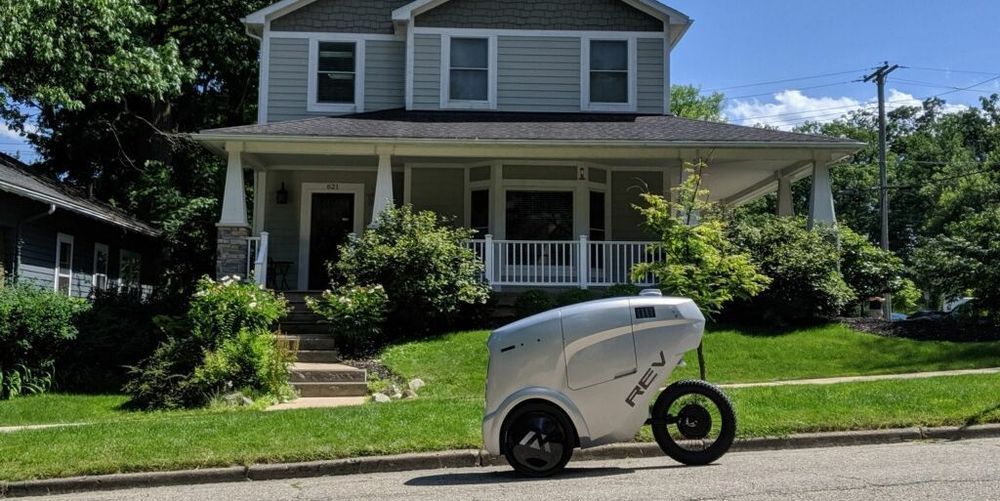
While the Wuhan district in China was under quarantine, news surfaced of robots delivering food and, later, medical supplies. Meanwhile, in the United States, the French company NAVYA configured its autonomous passenger shuttles in Florida to transport COVID-19 tests to the Mayo Clinic from off-site test locations. As the weeks of stay-at-home orders and recommendations slip into months, the delivery robots that were seen as a joke, fad, or nuisance have in some instances found a way into the public consciousness as important tools to combat the spread of coronavirus. The question is, will their usefulness extend post-lockdown?
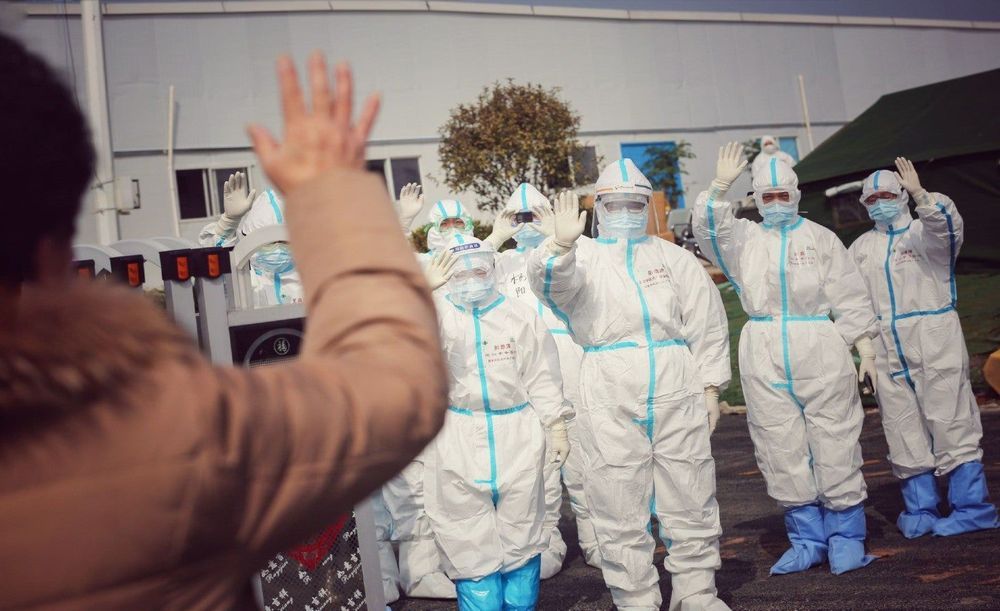

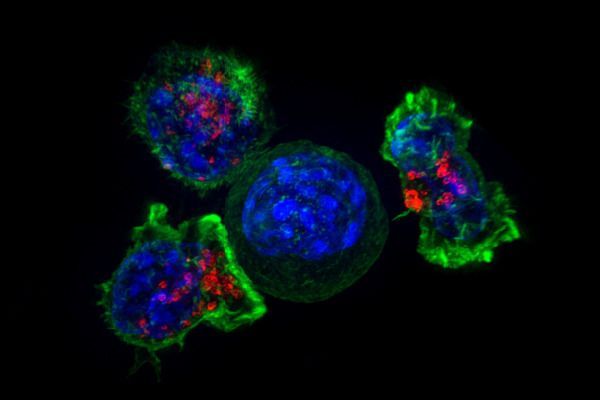
UC San Francisco researchers have discovered how a mutation in a gene regulator called the TERT promoter—the third most common mutation among all human cancers and the most common mutation in the deadly brain cancer glioblastoma—confers “immortality” on tumor cells, enabling the unchecked cell division that powers their aggressive growth.
The research, published September 10, 2018 in Cancer Cell, found that patient-derived glioblastoma cells with TERT promoter mutations depend on a particular form of a protein called GABP for their survival. GABP is critical to the workings of most cells, but the researchers discovered that the specific component of this protein that activates mutated TERT promoters, a subunit called GABP-ß1L, appears to be dispensable in normal cells: Eliminating this subunit using CRISPR-based gene editing dramatically slowed the growth of the human cancer cells in lab dishes and when they were transplanted into mice, but removing GABP-ß1L from healthy cells had no discernable effect.
“These findings suggest that the ß1L subunit is a promising new drug target for aggressive glioblastoma and potentially the many other cancers with TERT promoter mutations,” said study senior author Joseph Costello, Ph.D., a leading UCSF neuro-oncology researcher.